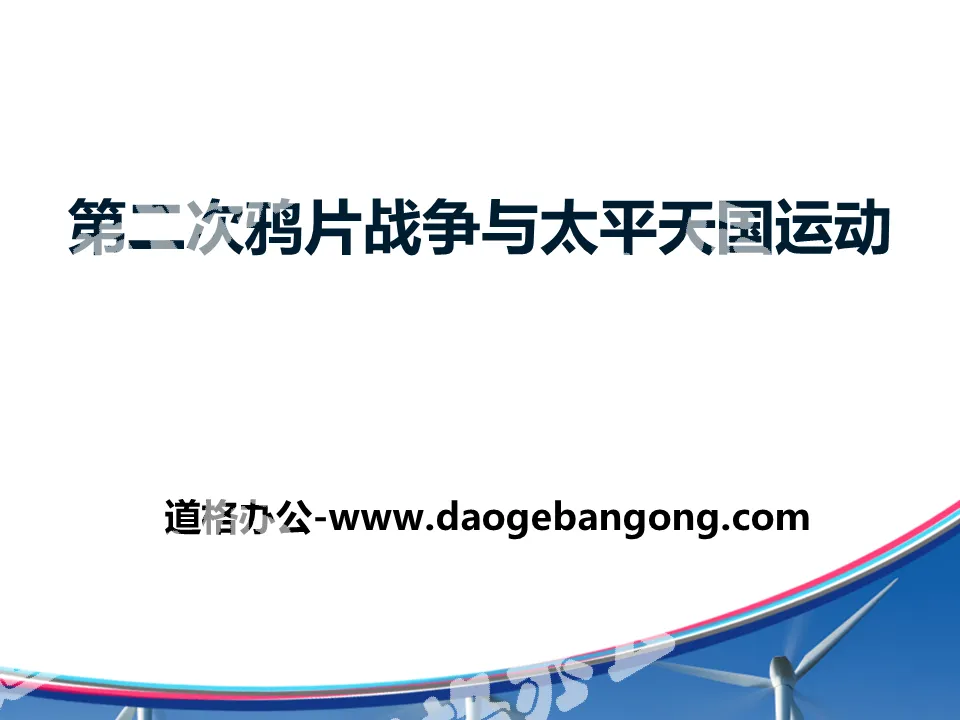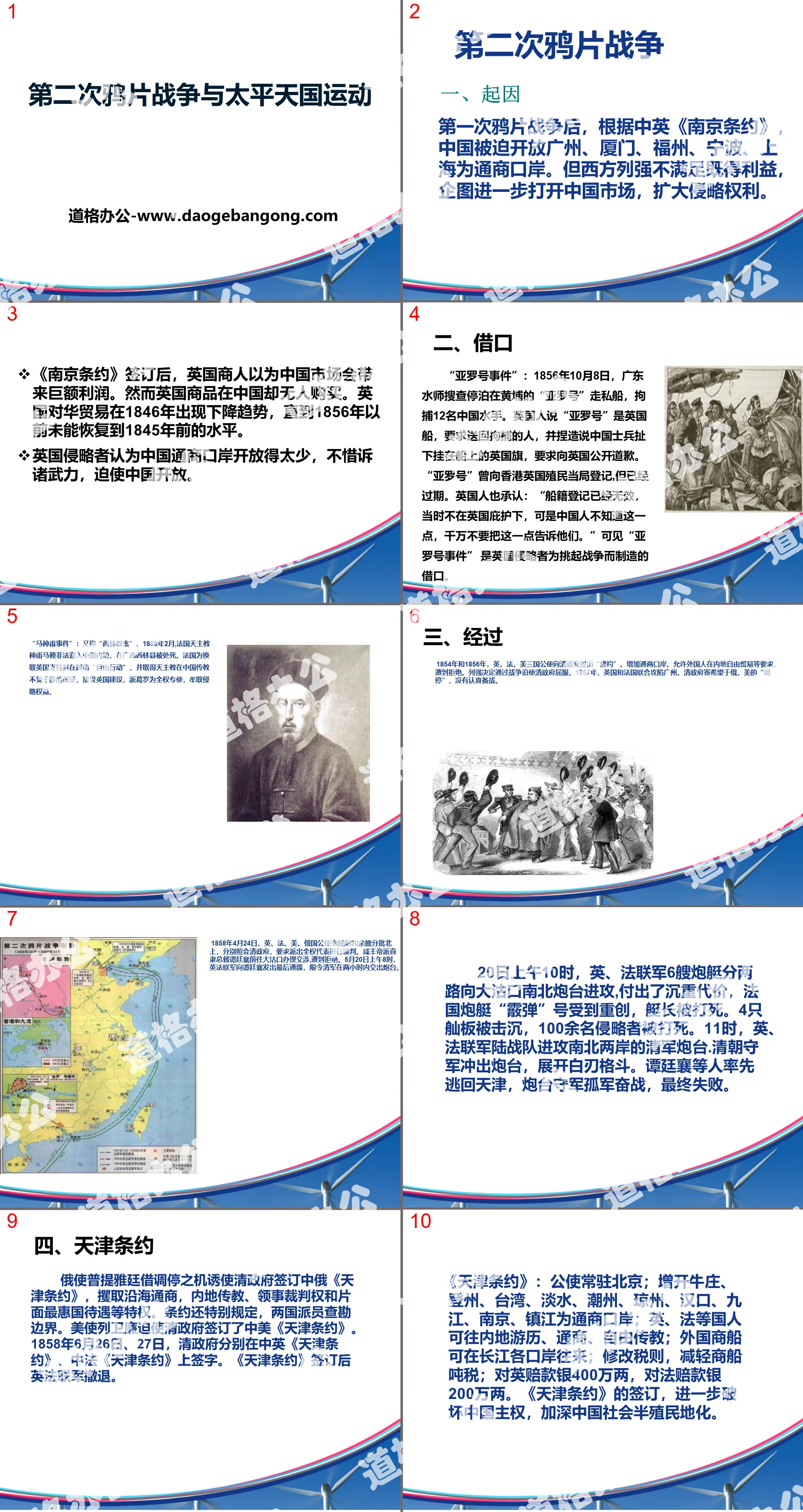The second volume of history for eighth grade compiled by the People's Education Publishing House
Zhonghua Book Company Edition Eighth Grade History Volume 2
People's Education Edition Eighth Grade History Volume 1
People's Education Press Seventh Grade History Volume 1
Zhonghua Book Company Edition Seventh Grade History Volume 2
Volume 1 of the seventh grade history compiled by the People's Education Publishing House
Yuelu Edition Seventh Grade History Volume 2
People's Education Edition History and Society 9th Grade Part II
East China Normal University Edition Seventh Grade History Volume 1
People's Education Press Seventh Grade History Volume 2
People's Education Press History and Society Grade 7
People's Education Edition Eighth Grade History Volume 2
People's Education Press Ninth Grade History Volume 2
People's Education Press History and Society Grade 9
People's Education Press History and Society for Grade 8 Volume 1
Yuelu Edition Seventh Grade History Volume 1

| Category | Format | Size |
|---|---|---|
| People's Education Press History and Society for Grade 8 | pptx | 6 MB |
Description
"The Second Opium War and the Taiping Rebellion" Modern China PPT in the tide of industrial civilization in the mid-to-late 19th century
Part One: The Second Opium War
1. Cause
After the First Opium War, according to the Sino-British Treaty of Nanjing, China was forced to open Guangzhou, Xiamen, Fuzhou, Ningbo, and Shanghai as treaty ports. However, the Western powers are not satisfied with their vested interests and attempt to further open up the Chinese market and expand their rights of aggression.
After the Treaty of Nanjing was signed, British businessmen thought that the Chinese market would bring huge profits. However, no one buys British goods in China. British trade with China showed a downward trend in 1846 and failed to return to the pre-1845 level until 1856.
The British invaders believed that China's treaty ports were open too little, and they did not hesitate to resort to force to force China to open them.
2. Excuses
"Yarrow Incident": On October 8, 1856, the Guangdong Navy searched the smuggling ship "Yarrow" anchored in Huangpu and arrested 12 Chinese sailors. The British said that the "Yalor" was a British ship and demanded that the arrested people be returned. They also fabricated the story that Chinese soldiers had torn down the British flag hanging on the ship and demanded a public apology to the British. The "Yalor" was registered with the British colonial authorities in Hong Kong, but it has expired. The British also admitted: "The ship's registration is invalid and it was not under British protection at the time. But the Chinese don't know this. Don't tell them this." It can be seen that the "Yarrow Incident" was an attempt by the British invaders to provoke a war. And made excuses.
"Fr. Ma Incident": also known as "Xilin Mission Case". In February 1856, French Catholic priest Marais illegally sneaked into mainland China and was executed in Xilin County, Guangxi. In exchange for British support for its "freedom of action" in Vietnam and a guarantee that Catholic missionary missions in China would not be interfered with, France accepted the British proposal and sent Grotto as a plenipotentiary envoy to gain the right to invade.
3. After
In 1854 and 1856, the ministers of Britain, France and the United States made requests to the Qing government to "amend the treaty", increase treaty ports, and allow foreigners to trade freely in the interior, but they were rejected. The great powers decided to force the Qing government to surrender through war. In 1857, Britain and France jointly captured Guangzhou. The Qing government placed its hope in the "mediation" of Russia and the United States and did not seriously prepare for war.
On April 24, 1858, the ministers of Britain, France, the United States, and Russia led more than 20 ships to the north in batches, and separately sent notes to the Qing government, requesting that plenipotentiaries be sent for negotiations. Emperor Xianfeng sent Tan Tingxiang, the governor-general of Zhili, to Dagokou for negotiation, but was rejected. At 8 a.m. on May 20, the British and French forces issued an ultimatum to Tan Tingxiang, ordering the Qing army to hand over the fort within two hours.
Part Two: Taiping Rebellion Movement
The Opium War increased the burden on the Chinese people and intensified social conflicts. The proliferation of opium and the outflow of silver were serious, and peasant uprisings occurred one after another in various places.
In March 1850, Xianfeng ascended the throne, dismissed Mu Zhang'a, Qiying and others, refreshed politics, and rectified domestic and foreign affairs. However, in the face of the impact of the Peasants' War and the invaders from Britain, France and other countries, the regime was in danger.
In January 1851, the Taiping Rebellion broke out, dealing a heavy blow to the Qing rulers and foreign invaders.
1. Hong Xiuquan and the brewing of the Taiping Revolution
Hong Xiuquan was born in Huaxian County, Guangdong. He received traditional private education in his childhood. In June 1843, during the Guangzhou Provincial Examination, he received "Good Words to Encourage the World". Founded the God Worshiping Association and recruited Yang Xiuqing, Feng Yunshan, Xiao Chaogui, Wei Changhui, Shi Dakai and others to join the God Worshiping Association. He claims that Jesus is the eldest son of Heavenly Father, and that he is the second son of Heavenly Father. He is ordered to descend to earth as the "true Son of Heaven" and to "cut off evil and leave righteousness" in the world. On January 11, 1851, they launched an uprising in Jintian, occupied Hunan, Hubei, Anhui, and Jiangsu provinces, made Nanjing their capital, and established the Taiping Rebellion.
From 1849 to 1850, there was a famine in Guangxi. Hong Xiuquan called on members of the God Worshiping Association from all over the country to "regiment camp" in Jintian Village, and led the crowd to revolt on January 11, 1851.
2. Taiping Army’s Northern Expedition and Western Expedition
On May 8, 1853, the Taiping Heavenly Kingdom sent Lin Fengxiang and Li Kaifang to the Northern Expedition. Starting from Yangzhou, it enters Anhui, Henan and Zhili. The forwards reached Yangliuqing and advanced towards Tianjin. Due to the shortage of food and clothing and the encirclement of the Qing army, the Northern Expedition failed.
The Taiping Rebellion's Northern Expedition dealt a heavy blow to the Qing rule, promoted the Nian Army uprising in the north, and effectively supported the Taiping Army's struggle in the Yangtze River Basin.
This painting "The Northern Expedition of the Taiping Rebellion" was a draft drawn by a Yangliuqing artist at that time. It describes the situation of the Taiping Army led by Li Kaifang in the western suburbs of Tianjin.
3. Peasant uprisings are raging in various places
The Taiping Heavenly Kingdom promoted the rise of the national revolutionary situation. People everywhere raised the banner of anti-Qing, and there were the Tiandihui Uprising in the south of the Yangtze River, the Nian Army Uprising in the north, and the people's uprising in the southwest. They supported and echoed each other with the Taiping Rebellion, forming a revolutionary climax centered on the Taiping Rebellion.
4. The theory and practice of the Taiping Rebellion
The "Celestial Land Acre System" is the programmatic document of the Taiping Heavenly Kingdom, which announced the abolition of feudal land ownership, divided land into nine classes, and distributed it equally according to population. It reflects the strong opposition of the majority of farmers to the oppression of landlords and their desire to obtain land and pursue an ideal society of equality and equality. However, the blueprint drawn by the Taiping Rebellion to divide the land equally violated the laws of social development and was impossible to realize.
"Chinese Land Acquisition System" involves all aspects of politics, economy, ideology, culture and social life.
Keywords: free download of PPT courseware for the second volume of eighth-grade history and society from the People's Education Press, PPT download of the Second Opium War and the Taiping Rebellion, PPT download of modern China in the tide of industrial civilization in the mid-to-late 19th century, .PPT format;
For more information about the PPT courseware "The Second Opium War and the Taiping Heavenly Kingdom Movement: Modern China in the Wave of Industrial Civilization in the Mid-to-late 19th Century", please click on the "The Second Opium War and the Taiping Heavenly Kingdom Movement: Modern China in the Wave of Industrial Civilization in the Mid-to-late 19th Century" ppt tag .
"The Second Opium War and the Taiping Rebellion" PPT courseware on modern China in the tide of industrial civilization in the mid-to-late 19th century:
"The Second Opium War and the Taiping Rebellion" PPT courseware on modern China amid the tide of industrial civilization in the mid-to-late 19th century. Part One: The Second Opium War. Key points of the British government's requirements for amending the Treaty: 1. The entire territory of China is open to trade, and the Yangtze River Estuary is open to navigation; 2. ..
File Info
Update Time: 2024-11-22
This template belongs to History courseware People's Education Press History and Society for Grade 8 industry PPT template
"The Second Opium War and the Taiping Rebellion" Modern China PPT in the tide of industrial civilization in the mid-to-late 19th century Simple campus recruitment activity planning plan summary enterprise and institution recruitment publicity lecture PPT template is a general PPT template for business post competition provided by the manuscript PPT, simple campus recruitment activity planning plan summary enterprise and institution recruitment promotion Lecture PPT template, you can edit and modify the text and pictures in the source file by downloading the source file. If you want more exquisite business PPT templates, you can come to grid resource. Doug resource PPT, massive PPT template slide material download, we only make high-quality PPT templates!
Tips: If you open the template and feel that it is not suitable for all your needs, you can search for related content "The Second Opium War and the Taiping Rebellion" Modern China PPT in the tide of industrial civilization in the mid-to-late 19th century is enough.
How to use the Windows system template
Directly decompress the file and use it with office or wps
How to use the Mac system template
Directly decompress the file and use it Office or wps can be used
Related reading
For more detailed PPT-related tutorials and font tutorials, you can view: Click to see
How to create a high-quality technological sense PPT? 4 ways to share the bottom of the box
Notice
Do not download in WeChat, Zhihu, QQ, built-in browsers, please use mobile browsers to download! If you are a mobile phone user, please download it on your computer!
1. The manuscript PPT is only for study and reference, please delete it 24 hours after downloading.
2. If the resource involves your legitimate rights and interests, delete it immediately.
3. Contact information: service@daogebangong.com
"The Second Opium War and the Taiping Rebellion" Modern China PPT in the tide of industrial civilization in the mid-to-late 19th century, due to usage restrictions, it is only for personal study and reference use. For commercial use, please go to the relevant official website for authorization.
(Personal non-commercial use refers to the use of this font to complete the display of personal works, including but not limited to the design of personal papers, resumes, etc.)
Preview










